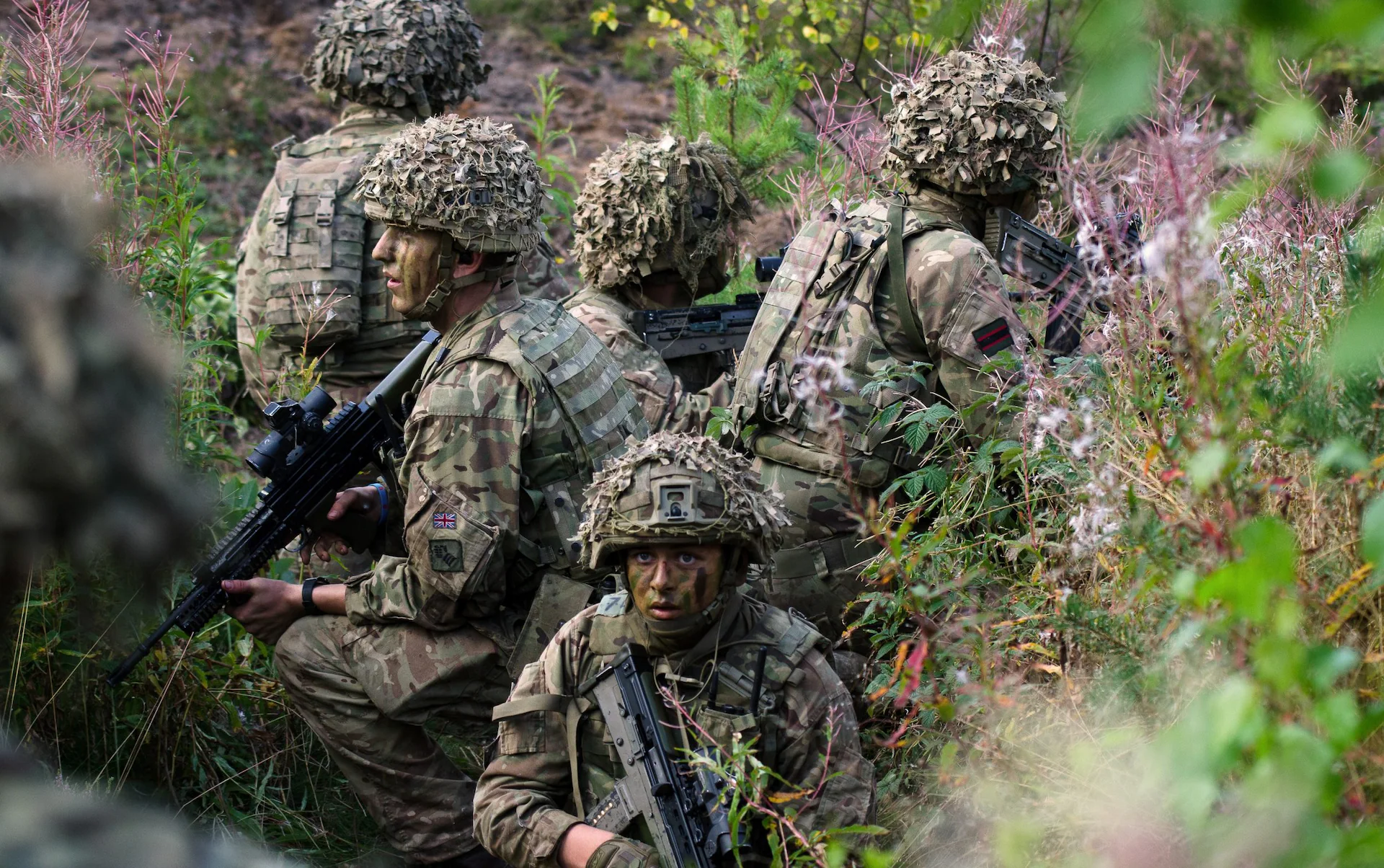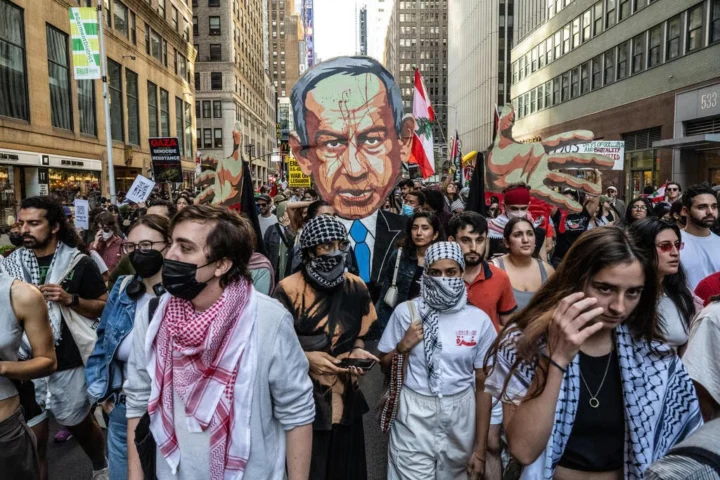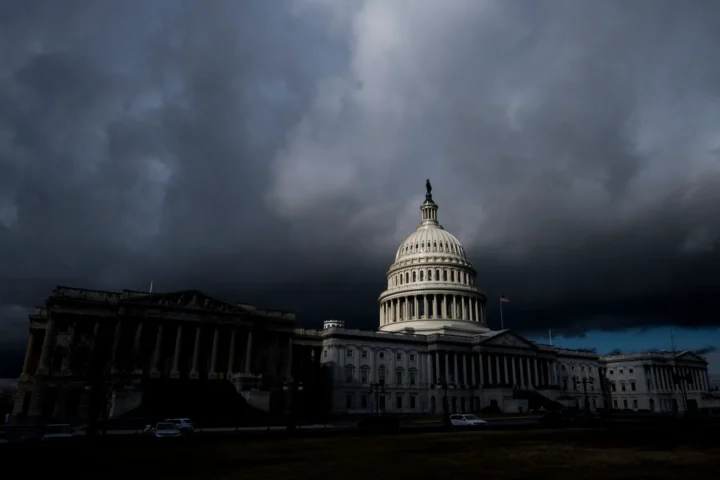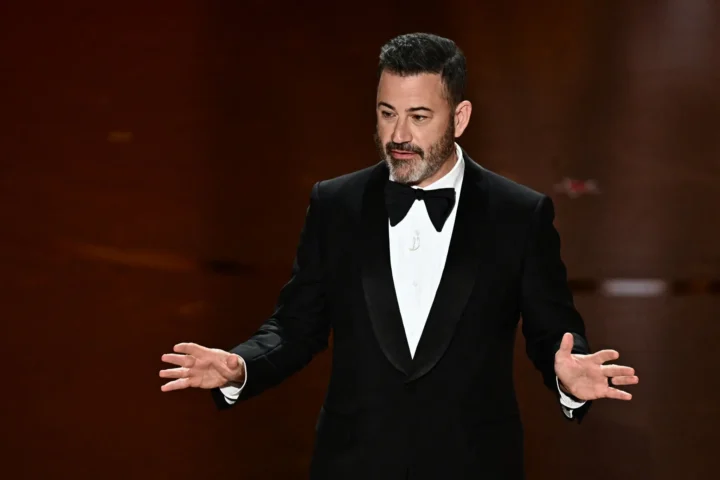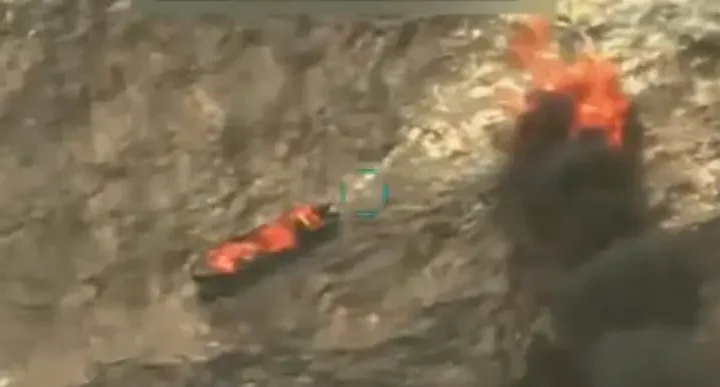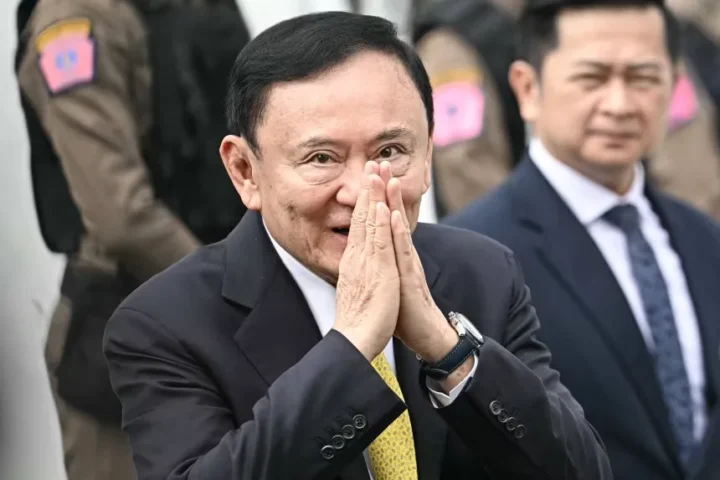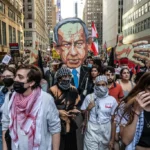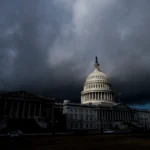Britain’s getting ready to take a bigger role in Ukraine’s defense—this time, with actual troops. In recent Pentagon talks, British officials laid out a plan to send forces to help protect Ukraine’s skies and ports. They made it clear: these troops won’t be fighting on the front lines. But if things settle down enough, they’ll be there to defend and stabilize.
This marks a shift. Up to now, Britain’s support was mostly training and weapons from a distance. Now, it’s talking about putting boots on the ground—under certain conditions. It’s part of a wider European effort to prepare for a possible ceasefire and help Ukraine feel less alone as negotiations with Russia drag on.
Troop Defensive Presence, Not Frontline Combat
The key point? British troops won’t be going toe-to-toe with Russian forces. They’ll focus on guarding infrastructure—airspace, ports, supply routes—and backing up logistics and training. Admiral Sir Tony Radakin explained this in Pentagon meetings, saying the goal is to help Ukraine secure its territory without stirring up a bigger fight.
This plan is a step back from what the UK floated earlier this year—a much larger deployment of up to 30,000 troops. That idea got a cool reception in Europe, where some leaders worried about poking the bear too hard. The current approach is more cautious. It sends a message of support without pushing the limits.
Britain sees this new role as part of a “reassurance force.” Along with France and other allies, it would send a smaller, more symbolic group of troops if and when a ceasefire sticks. Their job? Air patrols, training, and guarding vital trade routes—especially around the Black Sea.
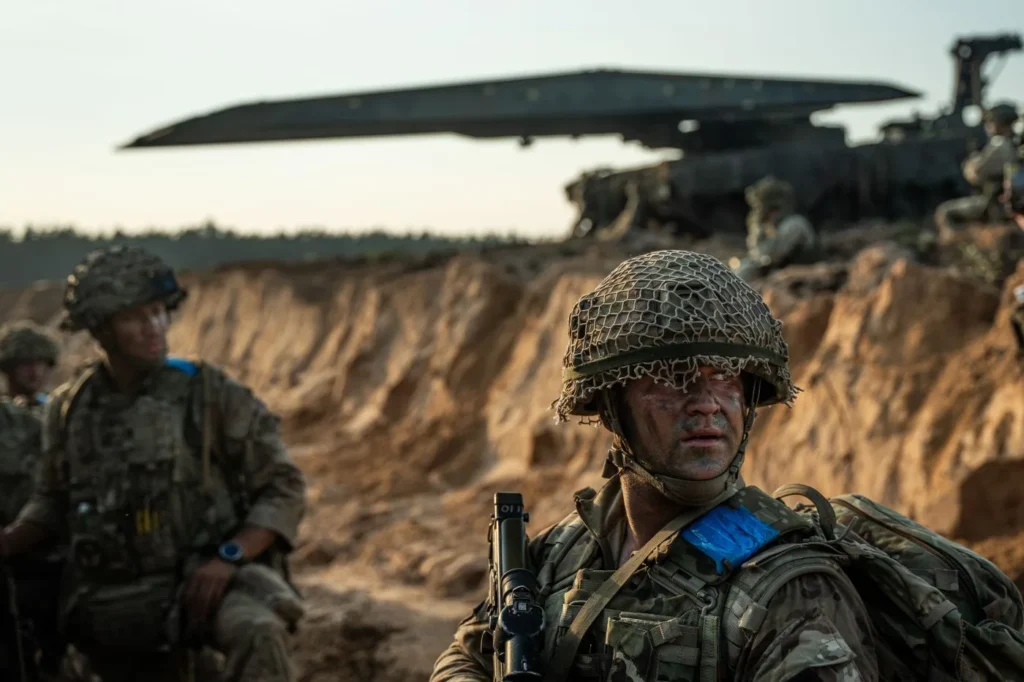
Europe’s Coalition of the Willing
This isn’t just about Britain. The plan is part of a European-led effort—what some call the “Coalition of the Willing.” The U.S. still won’t send ground troops, but it’s expected to pitch in with airpower, intelligence, and surveillance. Europe would put people on the ground. America would stay in the mix, just less visibly.
Defence Secretary John Healey said British troops wouldn’t just be there to wave flags. They’d protect themselves, help rebuild, and back up security promises to Ukraine. Prime Minister Keir Starmer added that Britain’s focus would stay on air and sea defense—not getting sucked into frontline combat.
The strategy is trying to walk a line: be strong enough to stop future attacks, but careful enough not to look like an occupation. European leaders know people at home are growing tired of the war. A focused mission like this could keep public support alive. It also shows the West isn’t pulling back—it’s just being smart about how it shows up.
Balancing Diplomacy and Deterrence
These Pentagon talks came right as Trump, Zelenskyy, and European leaders met in Washington to talk peace. For Ukraine, knowing the West still has its back gives it more power in those talks. For Britain, promising troops sends a loud message: even if the battles slow down, Ukraine won’t be left exposed.
That said, Russia isn’t letting up. During the same week, it launched over 280 drones and missiles at Ukraine—its biggest strike in a month. Moscow still wants recognition of the land it took. Ukraine still says no. So for now, the UK’s troop offer isn’t about ending the war. It’s about shaping what happens after the shooting stops.
Some analysts say the plan echoes NATO’s Article 5—without the official language. If Ukraine is attacked while this force is in place, it could be seen as an attack on Europe too. That could make Russia think twice about testing the line again—especially if a shaky peace deal starts to take shape.
Of course, keeping this up won’t be easy. Britain’s dealing with tight budgets and public hesitation about foreign wars. But Starmer’s betting that a limited, non-combat mission tied to diplomacy is something people can get behind—and something Ukraine desperately needs.
Conclusion
By offering troops to help guard Ukraine’s skies and ports, Britain is doing more than talking—it’s getting ready to act. It’s not jumping into battle, but it is stepping up in a way that shows Europe’s serious about peace and security.
Whether this reassurance force actually rolls out depends on how peace talks go and what Russia does next. But one thing is clear: Britain’s not just backing Ukraine from the sidelines. It’s preparing to stand beside it, boots on the ground, to help make sure any peace that comes will actually last.


